Electric vehicles are getting cleaner as they use green energy. However, to reach the target of 78 million electric vehicles contributing to zero net emissions, Vietnam needs to solve the problem of electricity supply.
Pressure on the electricity industry from 2030
According to the target set out in the “Action Program on Green Energy Conversion, Reducing Carbon and Methane Emissions in the Transport Sector”, approved by the Prime Minister, the sales of electric vehicles in the Vietnamese market from now until 2050 must reach 78 million units. This also means that the number of electric vehicles participating in traffic and the need for battery charging will increase sharply every year.
However, the recent report “Vietnam: Proposal for a national roadmap and action plan for the transition to electric vehicles” by the World Bank (WB) pointed out that the Power Plan VIII approved in 2023 does not take into account electric vehicle charging activities, only forecasting a low rate of electric vehicle usage, mainly electric motorbikes charged at home.
Accordingly, from now until 2030, the need to charge electric vehicles will not put much pressure on the Vietnamese electricity industry. Because the use of electric vehicles during this period is mainly for 2-wheeled vehicles - the type of vehicle that uses small batteries and often travels short distances.
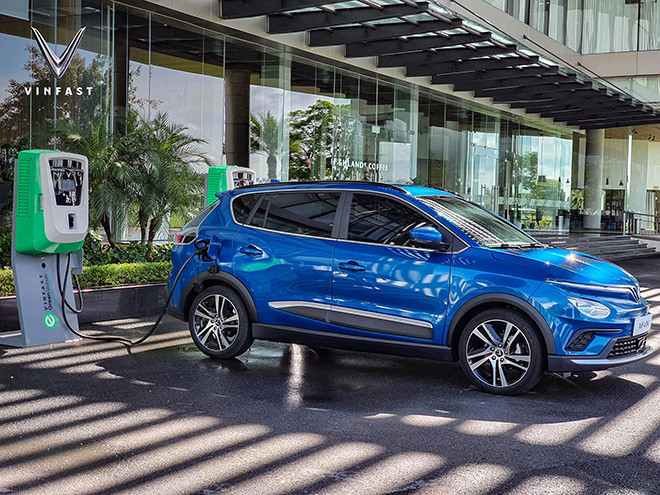
Electric vehicle charging only requires an additional 1-2% of electricity generation compared to the high-level scenario of the Power Development Plan VIII by 2030, and this can be addressed by increasing the planned surplus electricity generation margin.
However, by 2035, the electricity industry needs to increase output by 5% and increase network capacity by 4% to meet electric vehicle charging needs.
By 2045, this demand will require up to 16% more electricity output than the high-level scenario of Power Master Plan VIII and will then increase to a maximum of 28% by 2050.
Because, by then, most of the energy demand of the transportation industry will shift from gasoline to electricity if the goals for using electric vehicles are achieved.
Compared to today, the transport structure in Vietnam by 2050 will be dominated by larger, more energy-consuming vehicles such as cars, rather than two-wheeled vehicles. Adding grid power capacity on this scale would require an annual growth rate of 5.1% during the 2035-2050 period, compared to the current planned annual growth rate in the high scenario of Power Development Plan VIII of 3.7%.
The WB recommends that after 2030, Vietnam will need to add an average of 3-5% of grid capacity compared to the high-level scenario of Power Master Plan VIII to meet the electric vehicle charging load in the period 2030-2045. After that, up to 15% of additional transmission capacity is needed by 2050 to enable 100% electrification of road transport.
$14 billion investment needed each year to increase power supply
To achieve the target electric vehicle consumption, from now until 2030, in addition to the capital for implementing the Power Plan VIII, Vietnam will need to invest up to 9 billion USD in the electricity industry. The investment of about 1 billion USD will be for expanding the capacity of the power grid.
During the 2031-2050 period, Vietnam will need to invest an average of 14 billion USD per year to produce additional electricity and expand the grid compared to the planning estimate.
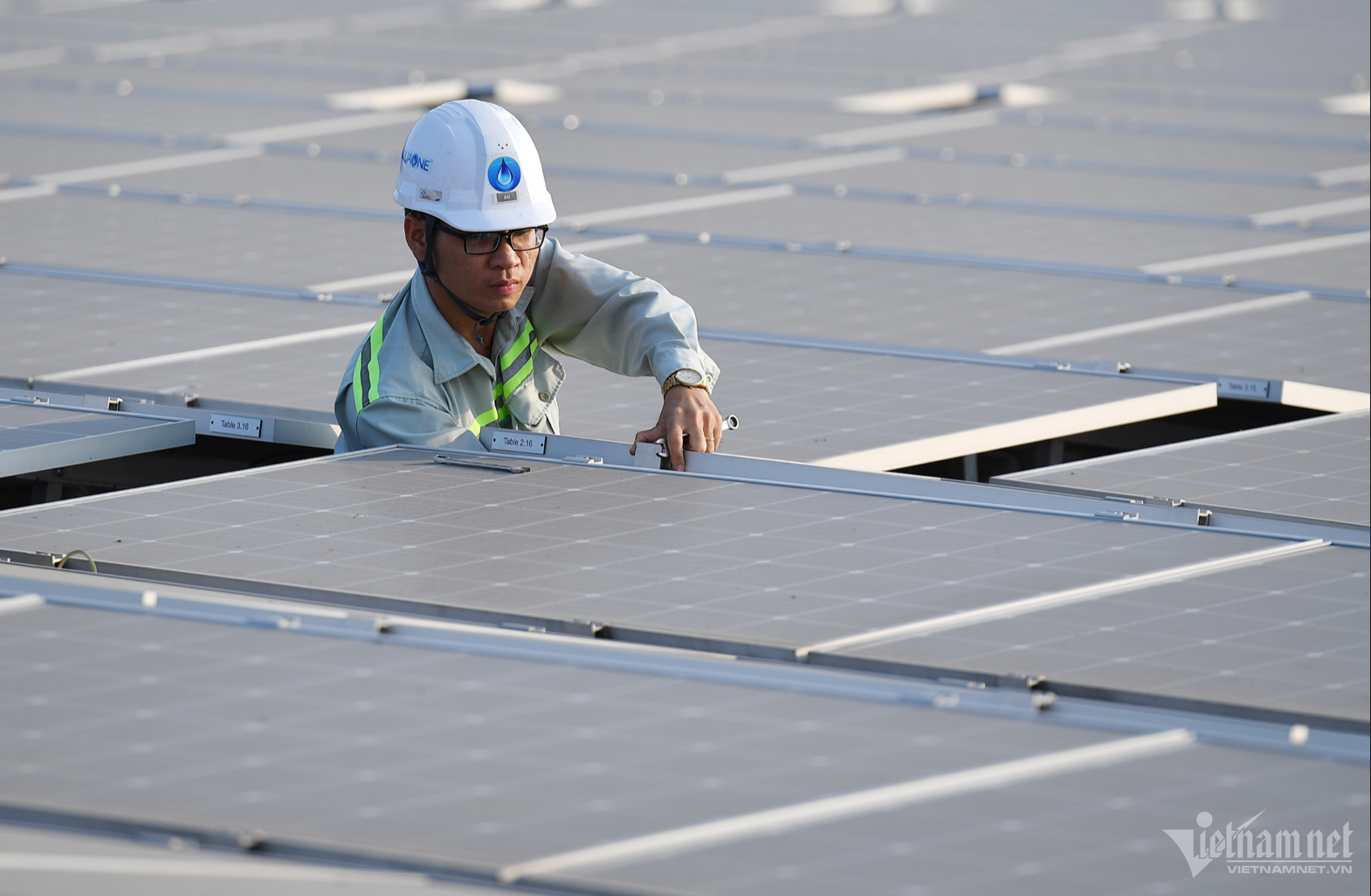
In addition, Vietnam must improve grid efficiency and battery efficiency, and promote long-term modal shift in passenger and freight transport to reduce the impact of electric vehicles on the electricity sector.
Promoting the mode shift of urban passenger transport demand from electric cars to mass transit and freight transport demand from intercity electric trucks to rail and waterways would significantly reduce the total demand for electric vehicle charging. The World Bank experts estimate that a 35% shift between these segments by 2050 would reduce the need for additional power generation by 9-11%.
The report also suggests that Vietnam should aim to shift electric vehicle charging to public charging stations during the day (outside peak hours) as much as possible. This can reduce the impact of electric vehicle charging on peak consumption of the system.
Key policy interventions include implementing electricity tariff reforms to encourage off-peak charging, scaling up smart charging facilities, and installing rooftop solar systems at public charging stations to reduce the load on the grid from EV charging.
"Transitioning to green transport with electric vehicles is a big challenge, but Vietnam's commitment is an important first step," emphasized Ms. Mariam J. Sherman - WB Country Director for Vietnam, Cambodia and Laos.
Accordingly, in addition to the pillar of charging infrastructure, it is necessary to focus on power supply in the transformation roadmap. Ms. Mariam believes that for this roadmap to be successful, close coordination between ministries, private investors and people is needed in reshaping the vehicle market, the way of moving and using energy.
According to the approved Power Plan VIII, the total power capacity by 2030 will be about 146,000 MW (excluding rooftop solar power and cogeneration power sources). Of which, there will be 37,467 MW of coal power, 23,900 MW of LNG power, 16,121 MW of onshore wind power, 7,000 MW of offshore wind power and 8,736 MW of large-scale solar power. This scale is sufficient to meet the forecast peak load capacity demand by 2030 of 93,300 MW, with a reasonable reserve level of power sources in the national and regional power systems. The total installed power capacity in the national power system will increase to 217,596 MW by 2035 and reach about 401,556 MW by 2045. |
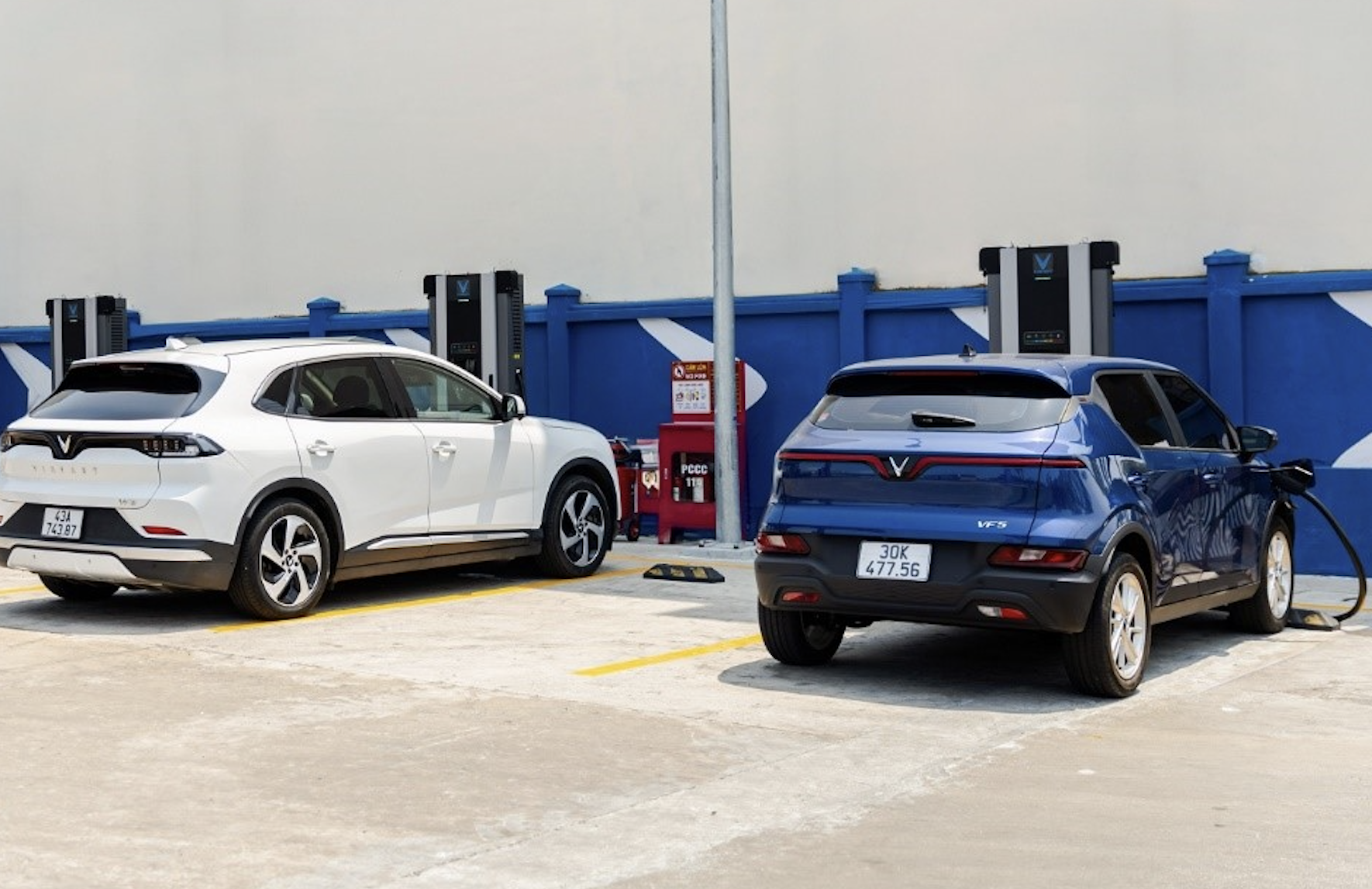
Source: https://vietnamnet.vn/viet-nam-den-thoi-bung-no-xe-dien-noi-lo-nguon-cung-dien-cho-tram-sac-2346174.html


![[Photo] Prime Minister Pham Minh Chinh chairs meeting to remove difficulties for projects](https://vstatic.vietnam.vn/vietnam/resource/IMAGE/2025/3/30/7d354a396d4e4699adc2ccc0d44fbd4f)




![[Photo] Ministry of Defense sees off relief forces to the airport to Myanmar for mission](https://vstatic.vietnam.vn/vietnam/resource/IMAGE/2025/3/30/245629fab9d644fd909ecd67f1749123)


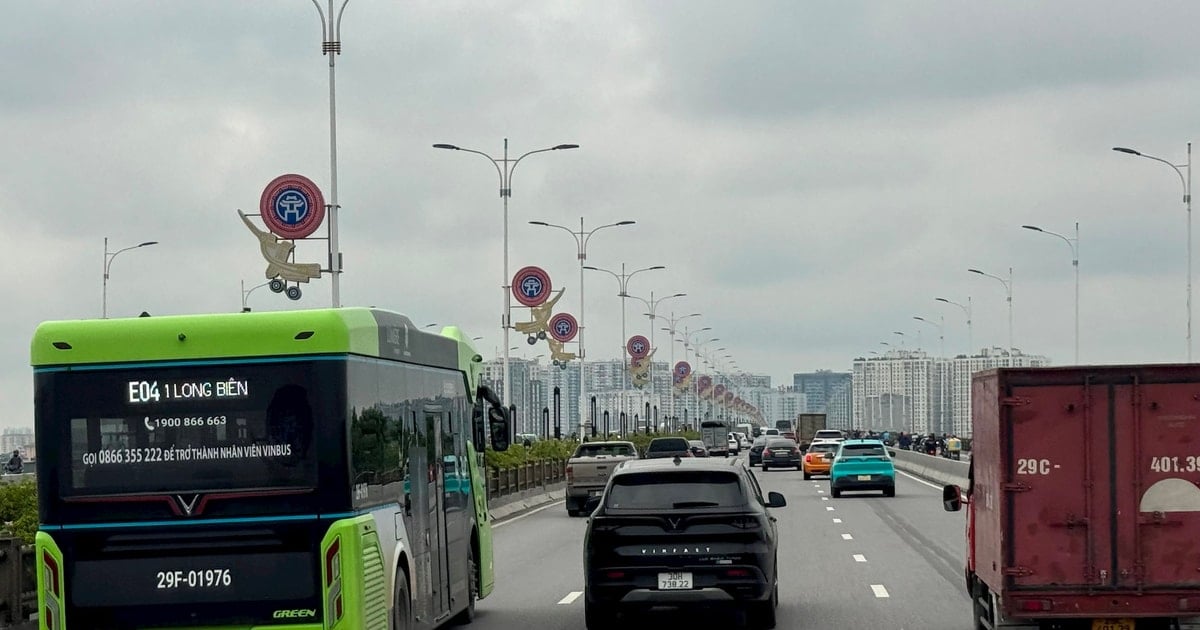




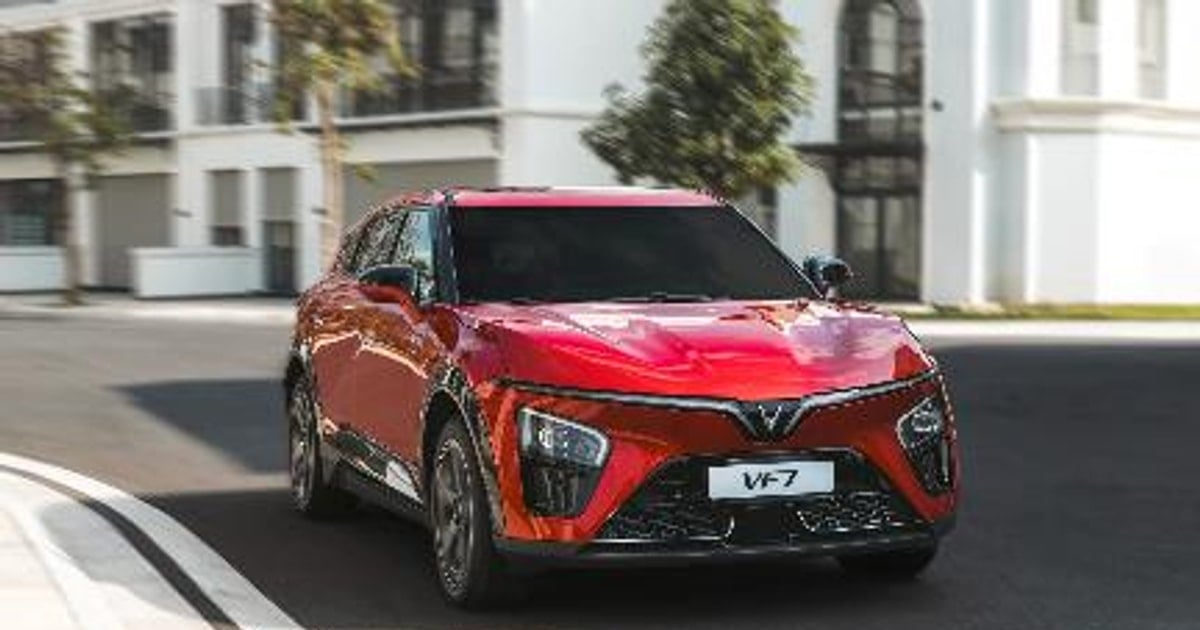
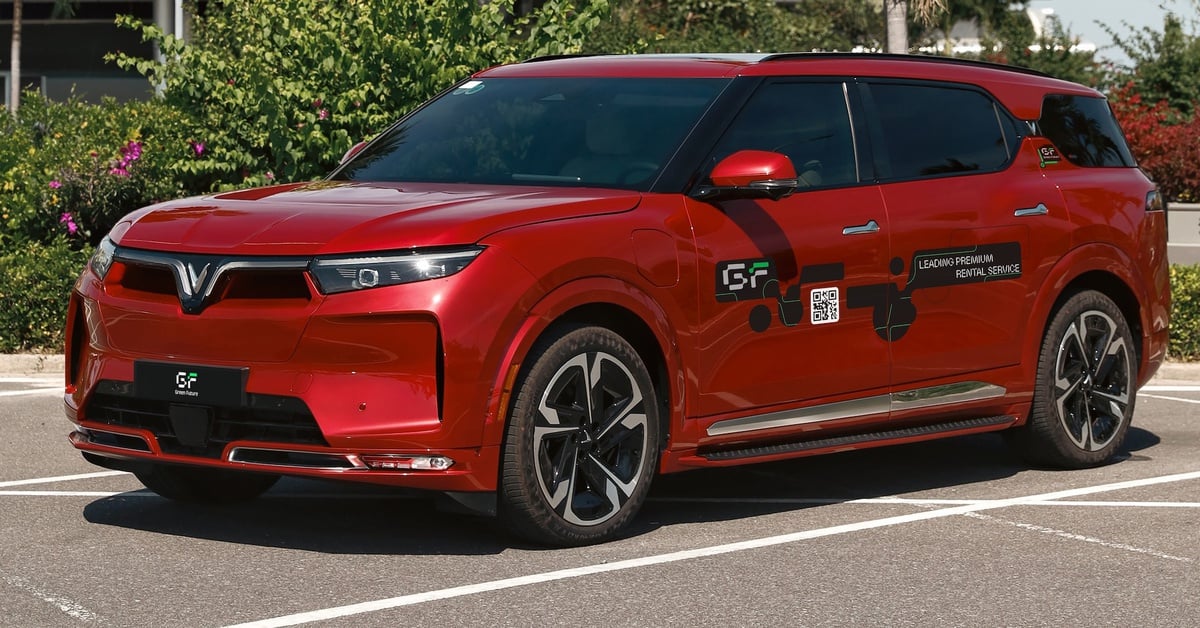









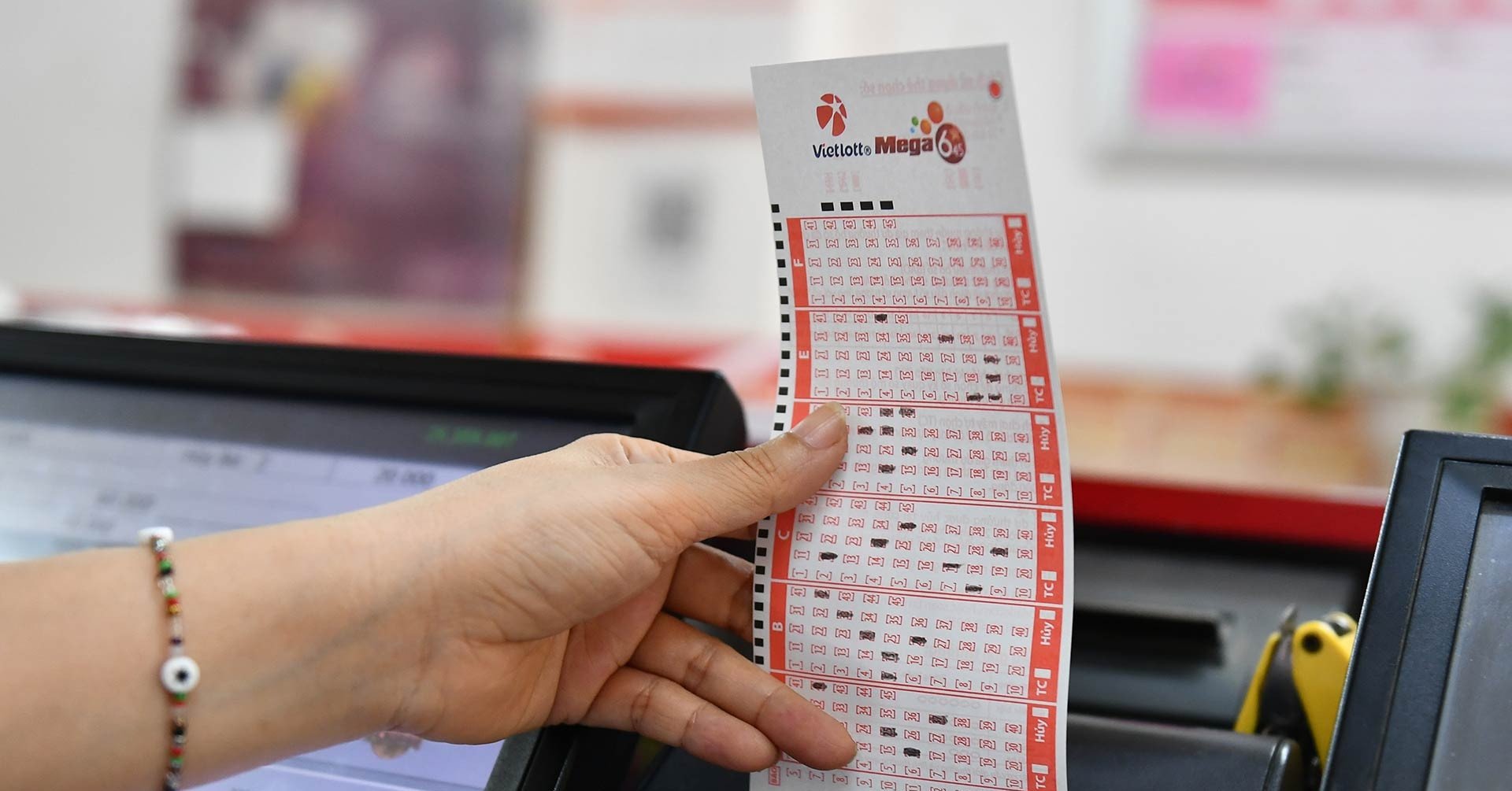






































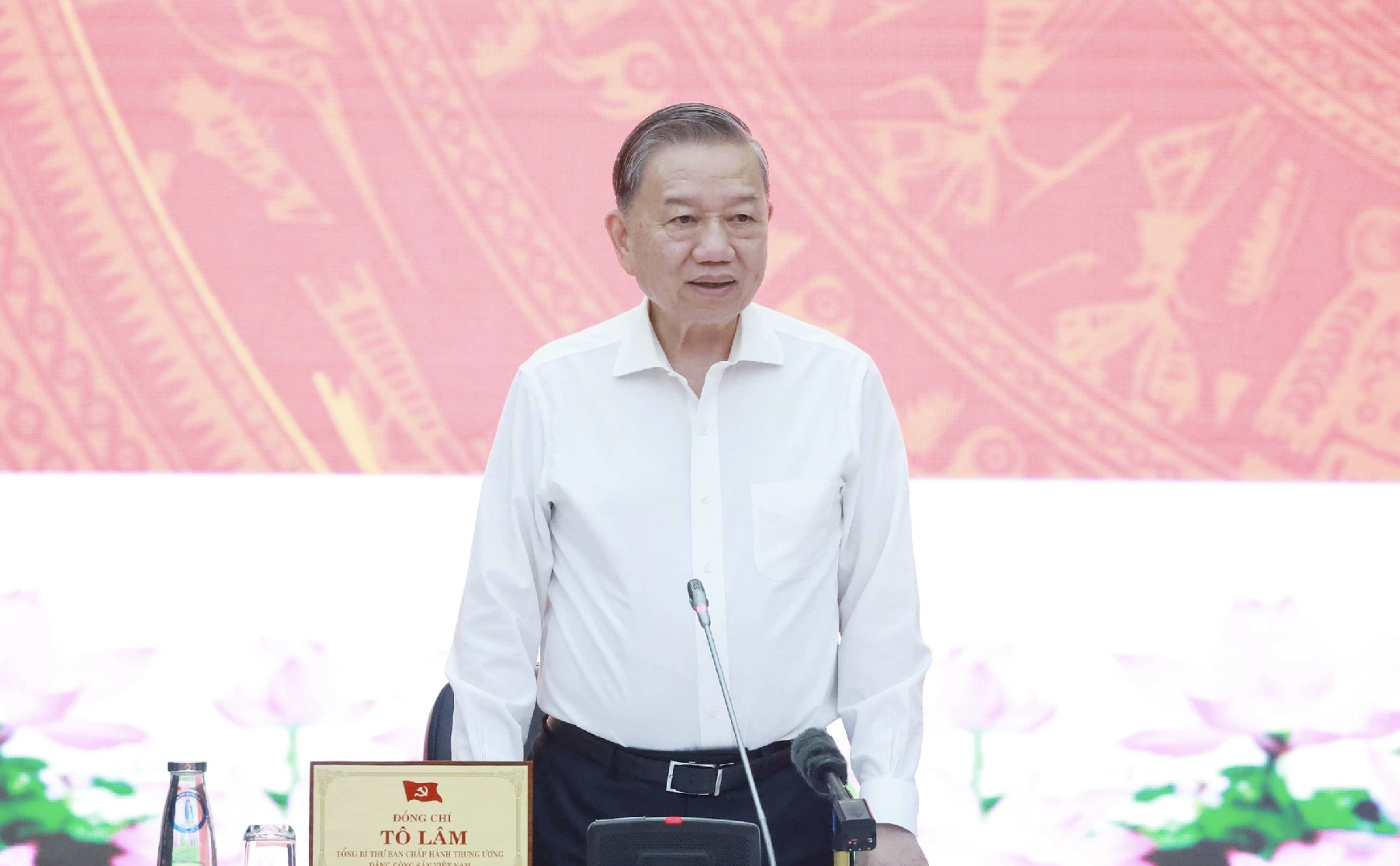










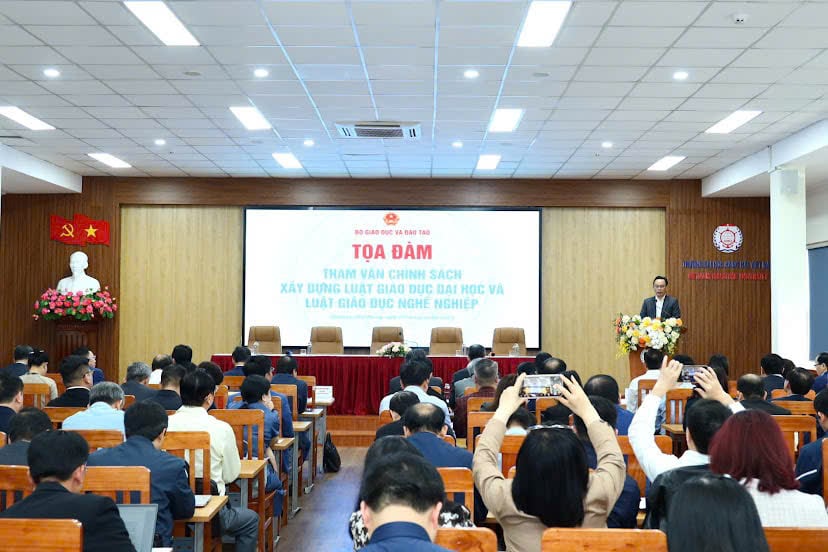













![[REVIEW OCOP] An Lanh Huong Vet Yen Cat](https://vstatic.vietnam.vn/vietnam/resource/IMAGE/2025/3/27/c25032328e9a47be9991d5be7c0cad8c)







Comment (0)